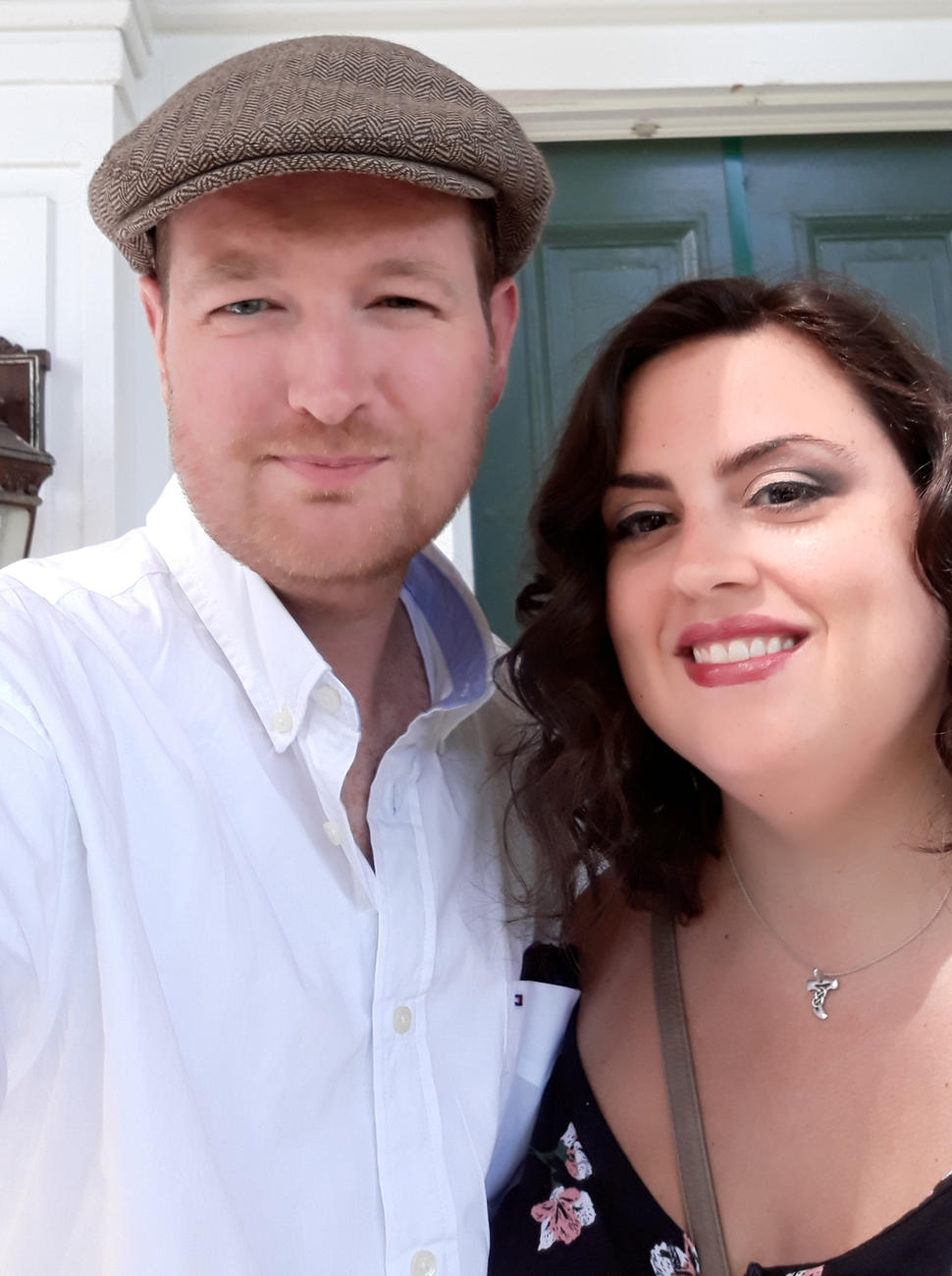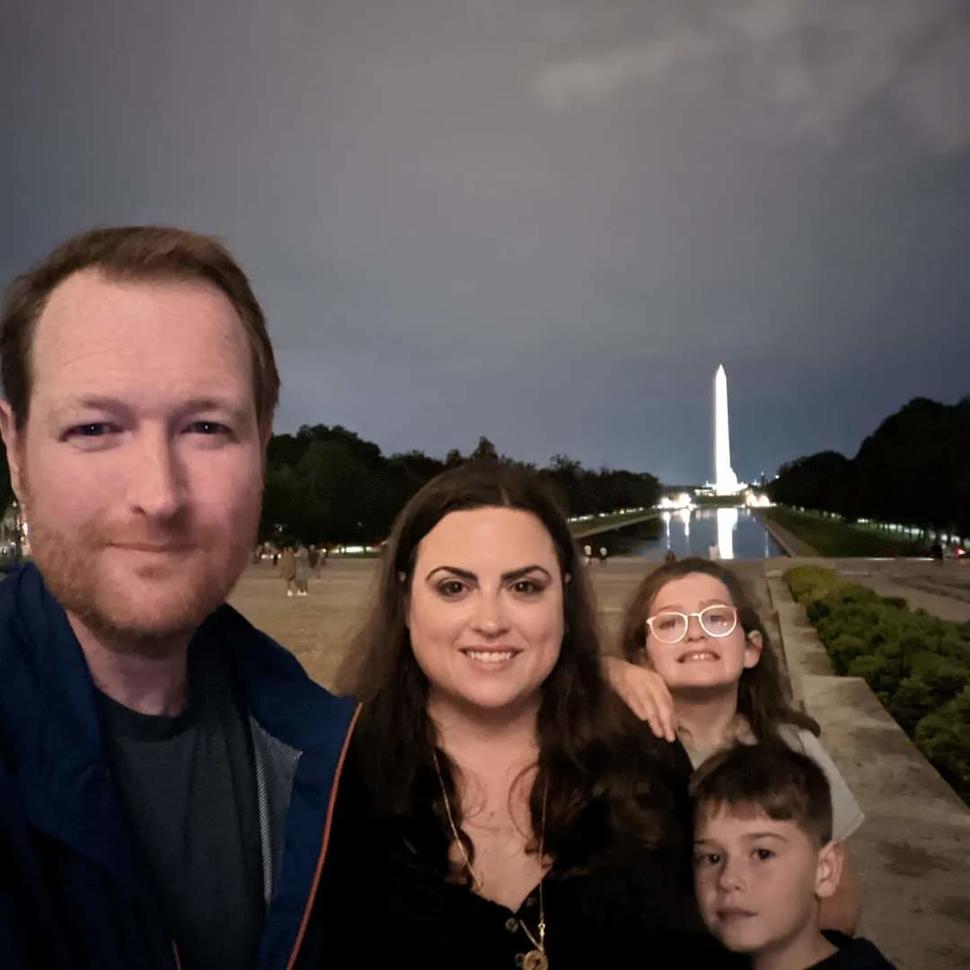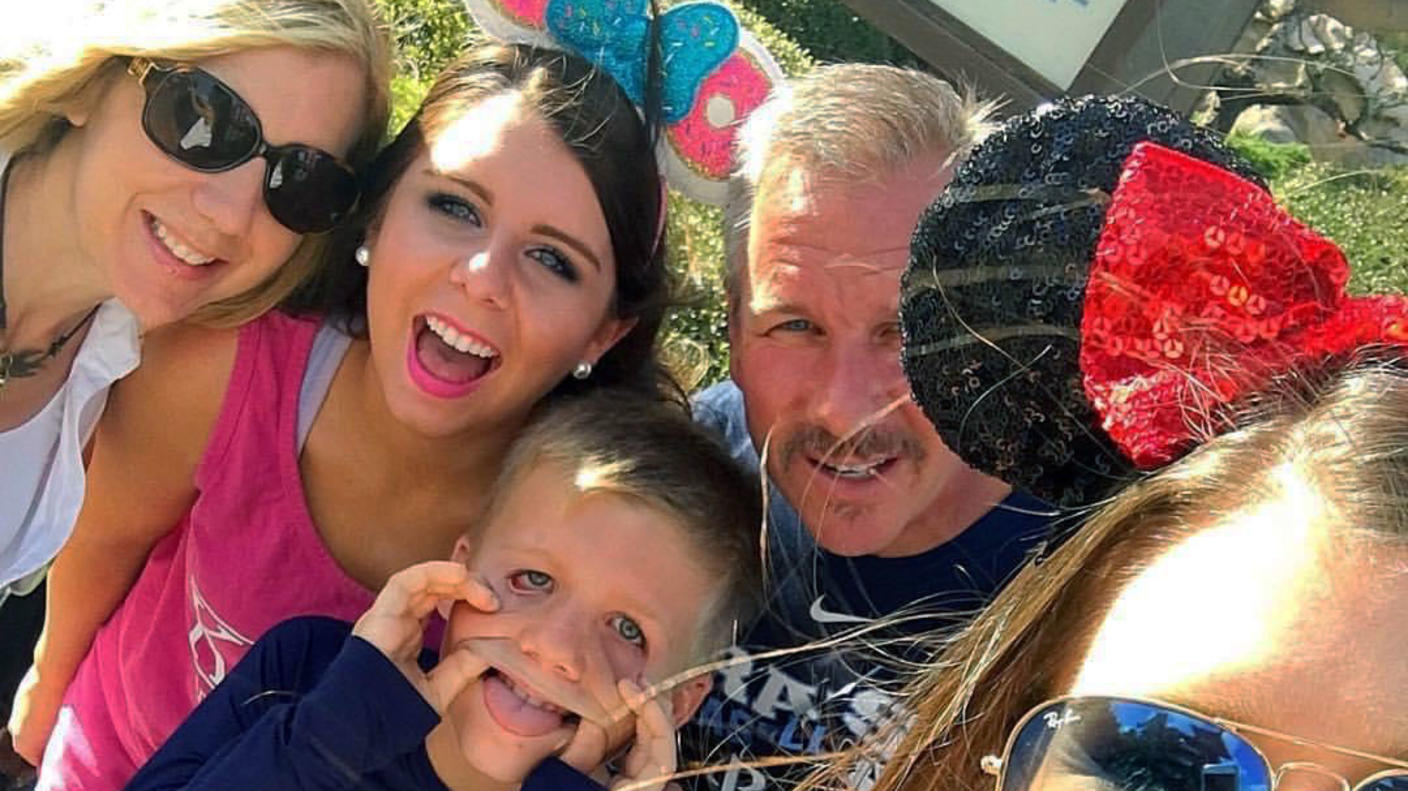Community and Spirituality Help Five-Time Ependymoma Survivor Embrace Diagnosis
, by Paul, Ependymoma Survivor
Paul has lived with a recurring ependymoma of the brain and spine for most of his life. In that time, he has found connection in the NCI-CONNECT community, comfort in spirituality, and trust in his care team.
I have lived with my rare tumor diagnosis for almost 30 years. In many ways, my life’s journey has also been my medical journey.
Born and raised in the Bronx, New York, I was age 13 when I was first diagnosed with ependymoma. I realized something was off because I kept feeling dizzy. At that time, there was a lot of back and forth with my doctors as we tried to figure out what was wrong. Understanding the cause of my dizziness was a challenge. I remember undergoing a magnetic resonance imaging (MRI) scan before the doctors finally identified the ependymoma in the back of my brain. I underwent surgery to remove my tumor shortly after my 13th birthday.
After the surgery, I also underwent radiation therapy on my brain. I was young, and I eventually recovered and returned to life as normal. I went on to high school and college, and then got jobs working for accounting firms.
Then, when I was age 25, the dizziness came back and so did my tumor—except this time it was an ependymoma in my spinal cord. Still living in New York, I underwent a second surgery to remove the tumor and had radiation therapy on my spine. I powered through the surgery, radiation, and recovery, but it was difficult. I had trouble walking and stepping on and off the sidewalk.
Again, I continued living my life. Still working in accounting, I eventually got married and had kids. By the time I was age 37, I was living happily with my family in New Jersey.
And then, my ependymoma came back in my brain. I thought, “Wow, this again?” I had a third surgery in New Jersey. This surgery and recovery were the toughest of my life. At this point, my local neuro-oncologist referred me to the NCI-CONNECT Clinic at NIH because they specialize in treating patients with rare brain and spine tumors like mine. This also became a pivotal point in my medical journey.
Finding Hope at the NCI-CONNECT Clinic
Five years later, I still visit the NIH campus in Bethesda, Maryland to see Marta Penas-Prado, M.D., and the rest of my clinical care team. Since coming to the NCI-CONNECT Clinic, I have been treated with chemotherapy and immunotherapy and participated in clinical trials testing new therapies. I also participated in two clinical studies: the CALM Therapy Intervention Study and the Virtual Reality (VR) Study. The CALM Therapy Intervention Study helps me manage my cancer and process my feelings and experiences. As part of the VR study, I was given a VR headset to help with breathing and mindfulness before clinical appointments.
Beyond the treatments and studies, I have found great support since coming to the NCI-CONNECT Clinic. When I first started, I participated in CARES, a group led by Health and Wellness Counselor Alvina Acquaye-Mallory. The support group was comprised of other brain and spine tumor patients, and we would meet once a month before clinic appointments. It was a great opportunity to meet other people in a similar situation, hear their stories, and share my story.
I have also found comfort in the NCI-CONNECT Community Facebook Group, a private group where people in the rare brain and spine tumor community share information, resources, and stories. Hearing from other people who have a rare tumor diagnosis reminds me that I’m not alone. Before coming to NIH, I didn’t know there was a community of people who shared similar experiences to me, because my diagnosis is so rare.
Being Proactive About My Health
Turning 37 years old was a big change point in my life. I take my rare tumor diagnosis and my health more seriously now compared to when I was a kid and young adult. I am no longer able to work for accounting firms, and the energy I previously spent focusing on my career, I now focus on my health and my family.
Coming to NIH has also been a lifesaver. Because I visit regularly, I am proactive about my health and find it is easier to manage my rare tumor diagnosis. This way, nothing is a surprise—even when my tumor returns.
In 2022 at age 41, I had my fourth surgery to remove a spine tumor. About a year later, I had my fifth surgery to remove another brain tumor. I had a stroke associated with my most recent brain tumor, making the surgery and recovery especially challenging. I had speech therapy, which has helped a lot, but I still sometimes struggle to find words.
Coming to NIH has also been a lifesaver. Because I visit regularly, I am proactive about my health and find it is easier to manage my rare tumor diagnosis.
Taking Care of My Body and Spirit
Although my rare tumor has been part of my life for so long, my attitude and feelings about it are different now than when I was younger. Mainly, I have decided to embrace my rare tumor diagnosis. It is a part of my life that cannot be ignored.
Two things have helped me embrace my rare tumor diagnosis. They are also my biggest pieces of advice for others navigating this diagnosis.
First, I have learned to be diligent about doing follow ups with my doctors at NIH and in New Jersey. This has helped me deal with symptoms as they arise and prevent worse symptoms from popping up.
Second, I have welcomed spirituality into my life. I haven’t always been spiritual, but lately it has become a bigger part of my life and changed how I view the world. Trusting the Lord with all my heart and leaning not on my own understanding has put the right people in my life. My doctors, my family, and my support system have helped me find meaning during my treatment journey. And I no longer take things for granted.


